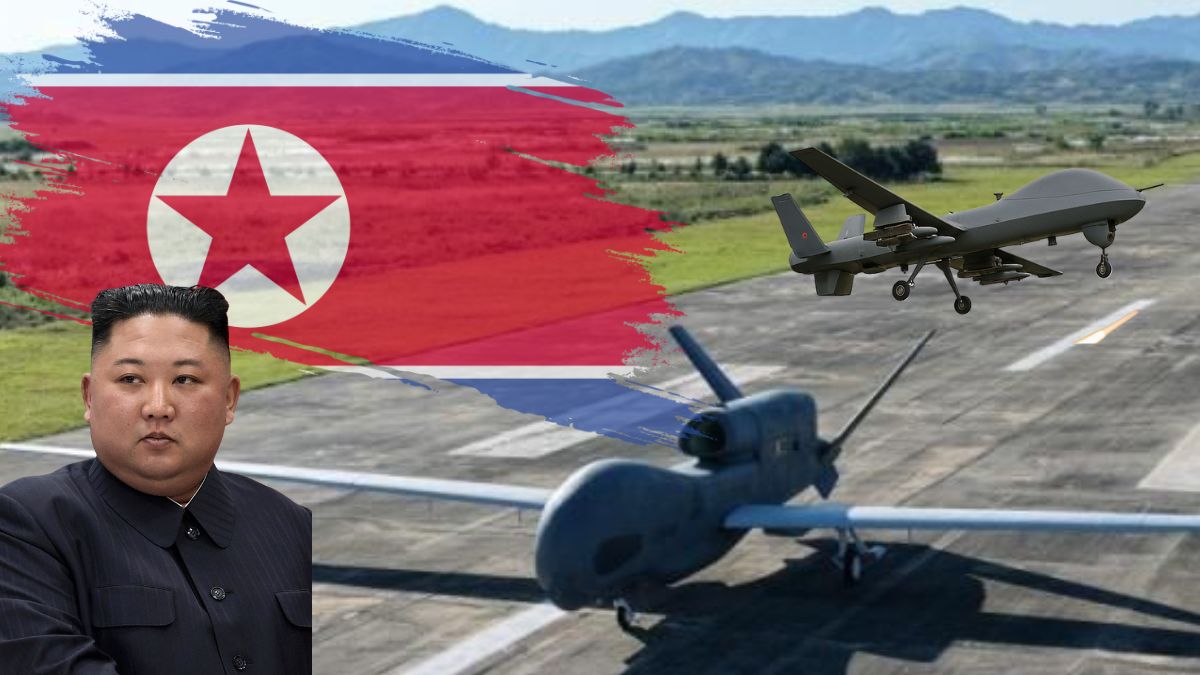North Korea has carried out another demonstration of its expanding drone programme, with leader Kim Jong Un personally overseeing a test of a Kumsong-series attack drone. State media said the unmanned vehicle took off and destroyed a designated target, and reported that Kim expressed “great satisfaction” with its performance.
The exercise was presented as evidence that drones are now considered a top priority for the modernisation of the Korean People’s Army. Kim also instructed officials to scale up production and accelerate the integration of artificial intelligence into the country’s military technology.
Why does Pyongyang see drones and AI as critical?
According to Kim, drones are becoming “major military activity assets” that will strengthen the armed forces at low cost. Analysts in Seoul echo these concerns, warning that AI-enabled drones could carry out autonomous missions, improve accuracy, and be produced cheaply in large numbers.
Lim Eul-chul of Kyungnam University noted that AI could help drones operate even when communications or GPS signals are jammed, relying instead on pre-trained algorithms. North Korea has already conducted jamming attacks against South Korean assets, disrupting ships and civilian aircraft.
For Kim, drones are also a pathway to what he regards as “great power status”. Hong Min of the Korea Institute for National Unification described them as offering “low-cost, high-efficiency threats” that can be rapidly scaled.
What role is Russia playing in North Korea’s drone ambitions?
North Korea unveiled its first attack drones last year, and experts believe its capabilities are closely tied to its partnership with Russia. Pyongyang has provided artillery shells, missiles and rocket systems to Moscow, and has also sent more than 10,000 soldiers to fight in Ukraine, according to South Korean and Western intelligence.
These deployments are seen as giving North Korean troops direct exposure to modern warfare, including the battlefield use of drones. Analysts say Russian technology transfers and lessons from Ukraine have shaped Pyongyang’s new AI drive.
Seoul estimates that around 600 North Korean soldiers have been killed and thousands wounded in combat alongside Russian forces.
How does this affect regional security?
North Korea’s growing emphasis on drones and AI adds another layer of risk to an already tense security environment. The country has steadily expanded its missile and nuclear programmes despite international sanctions, and the addition of autonomous aerial platforms complicates defence planning for South Korea, the United States and Japan.
The use of cheap, mass-produced drones as offensive tools mirrors tactics seen in Ukraine, where Russia has employed Iranian and domestically produced systems to saturate air defences.
For the Korean peninsula, such developments suggest future conflicts could feature larger numbers of unmanned systems capable of reconnaissance, precision strikes and electronic disruption.
